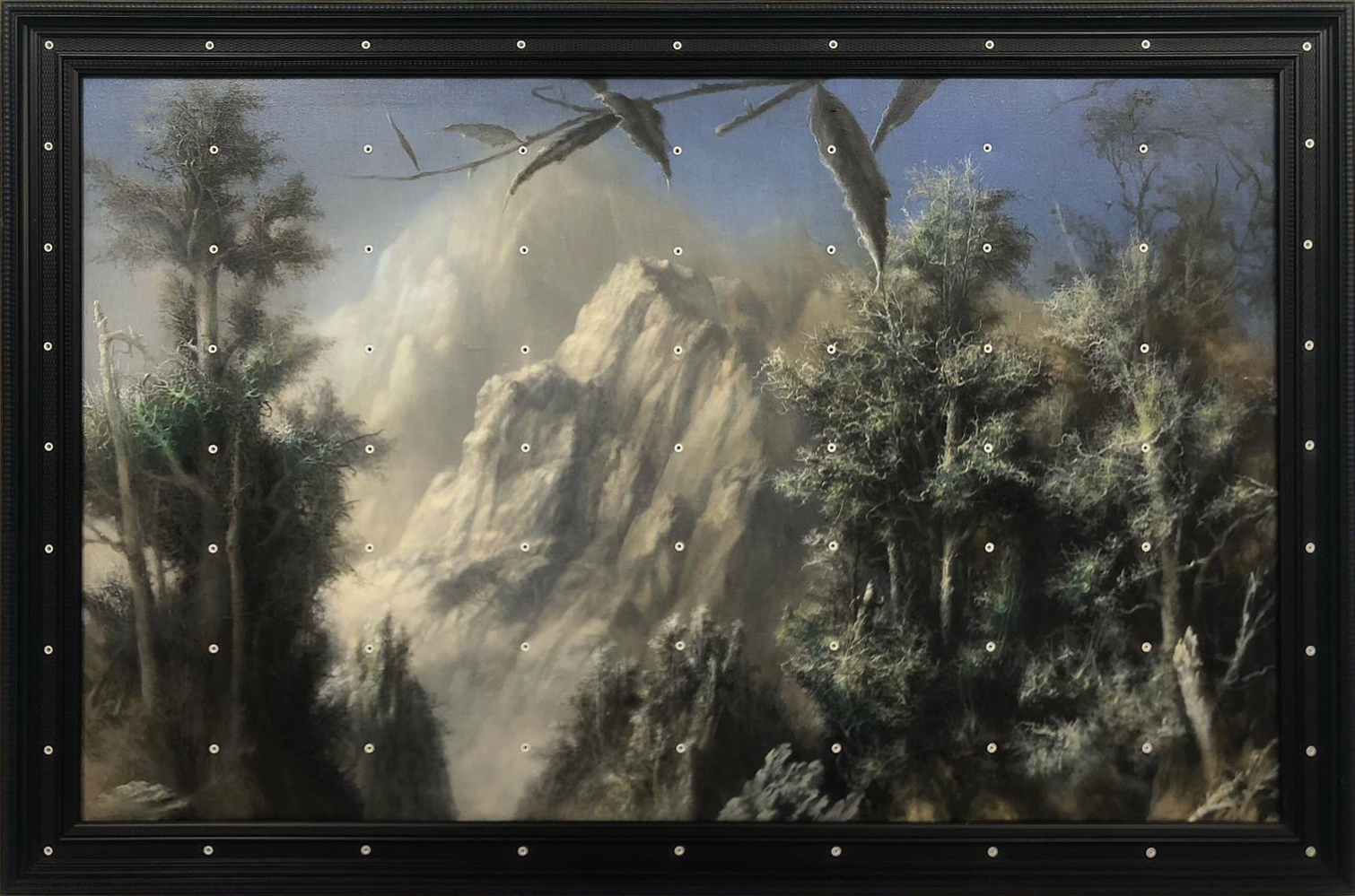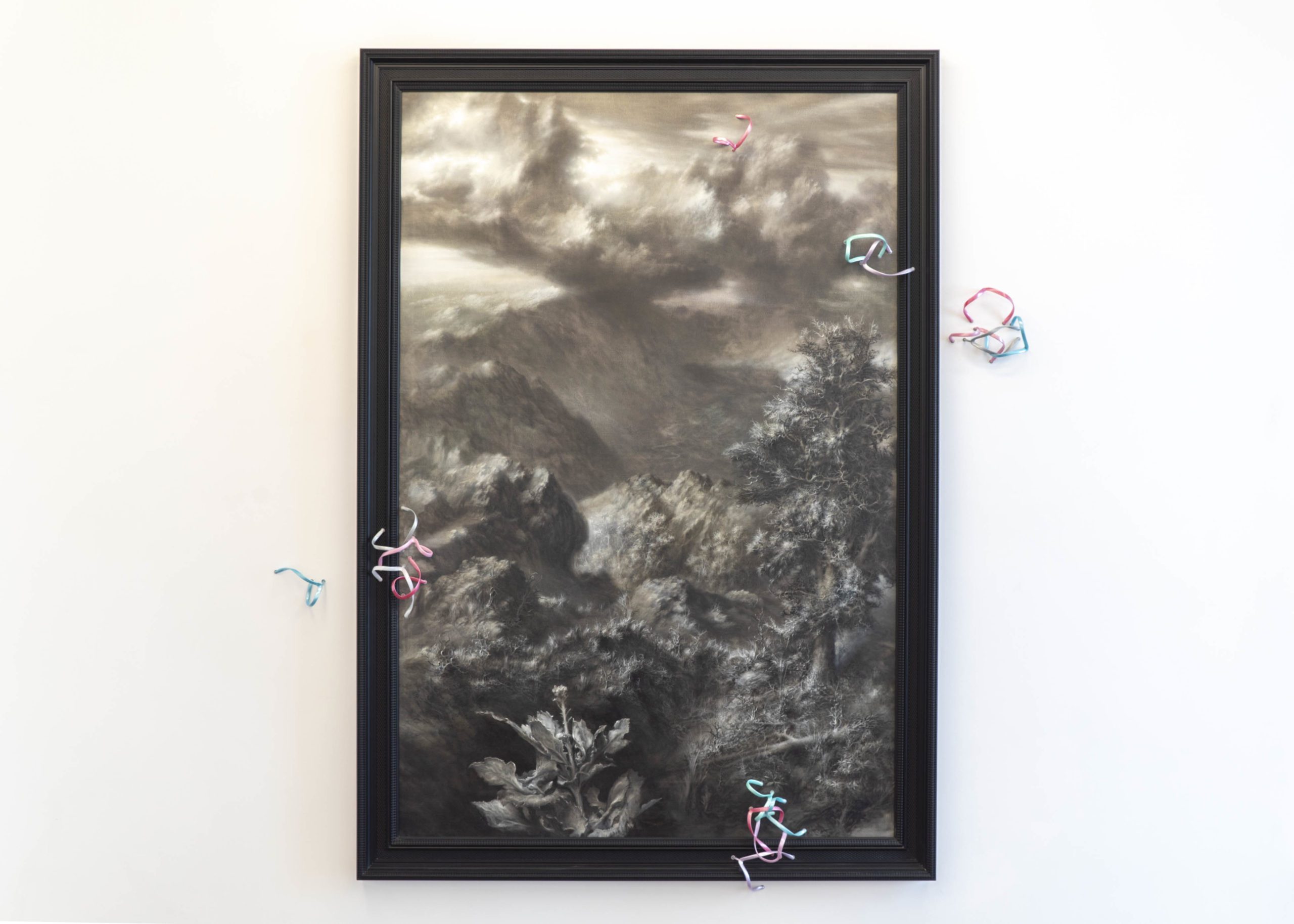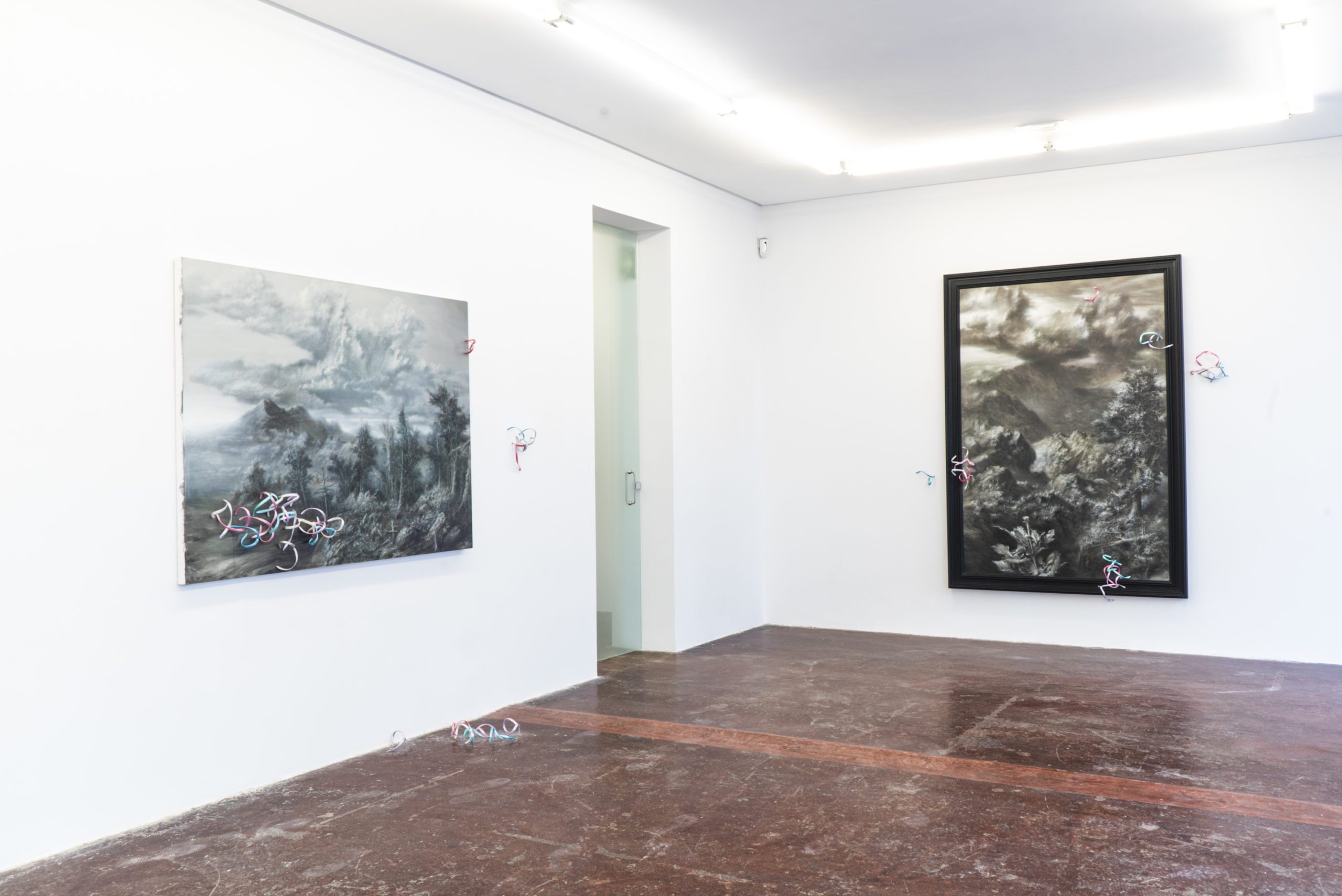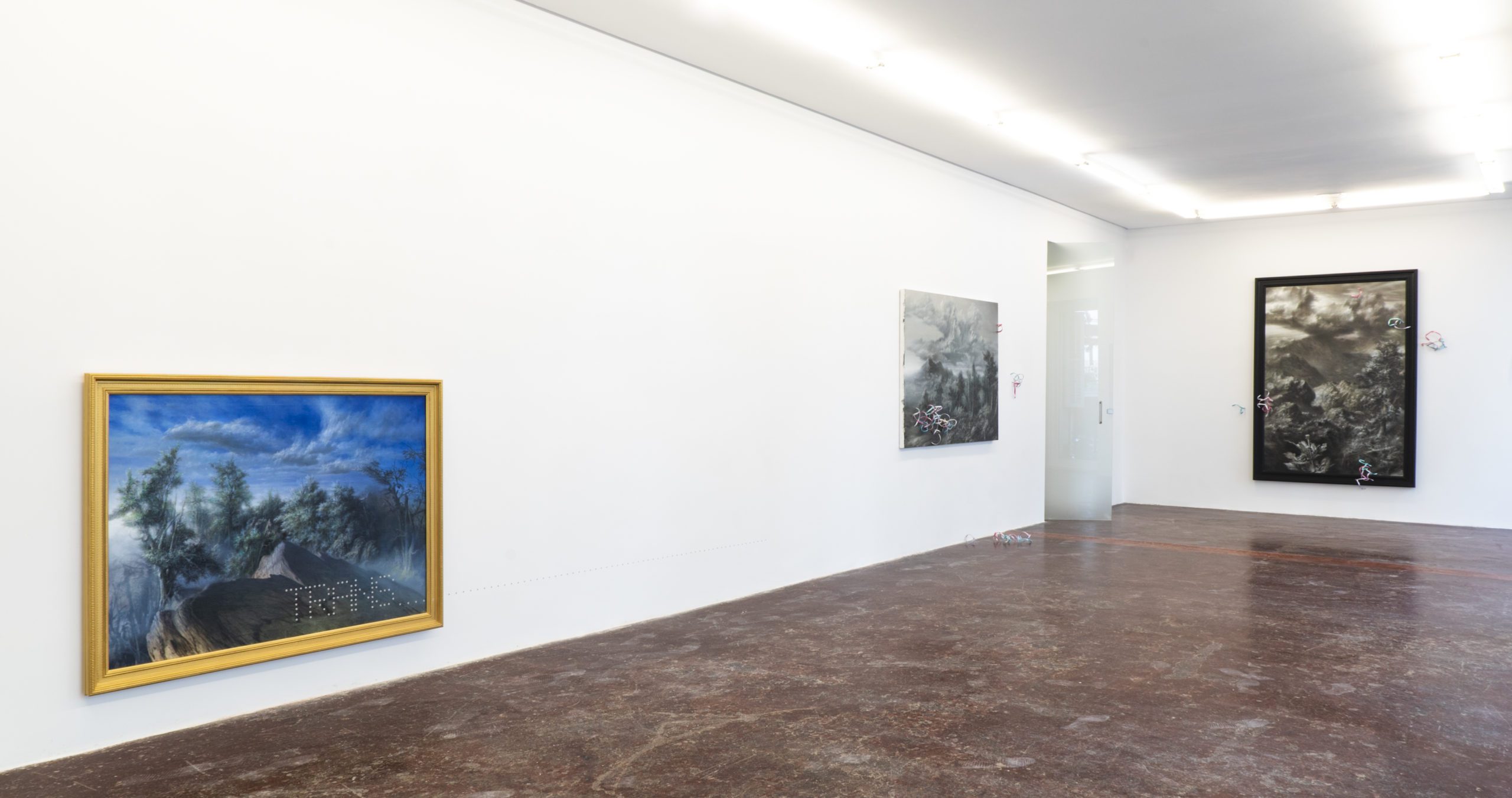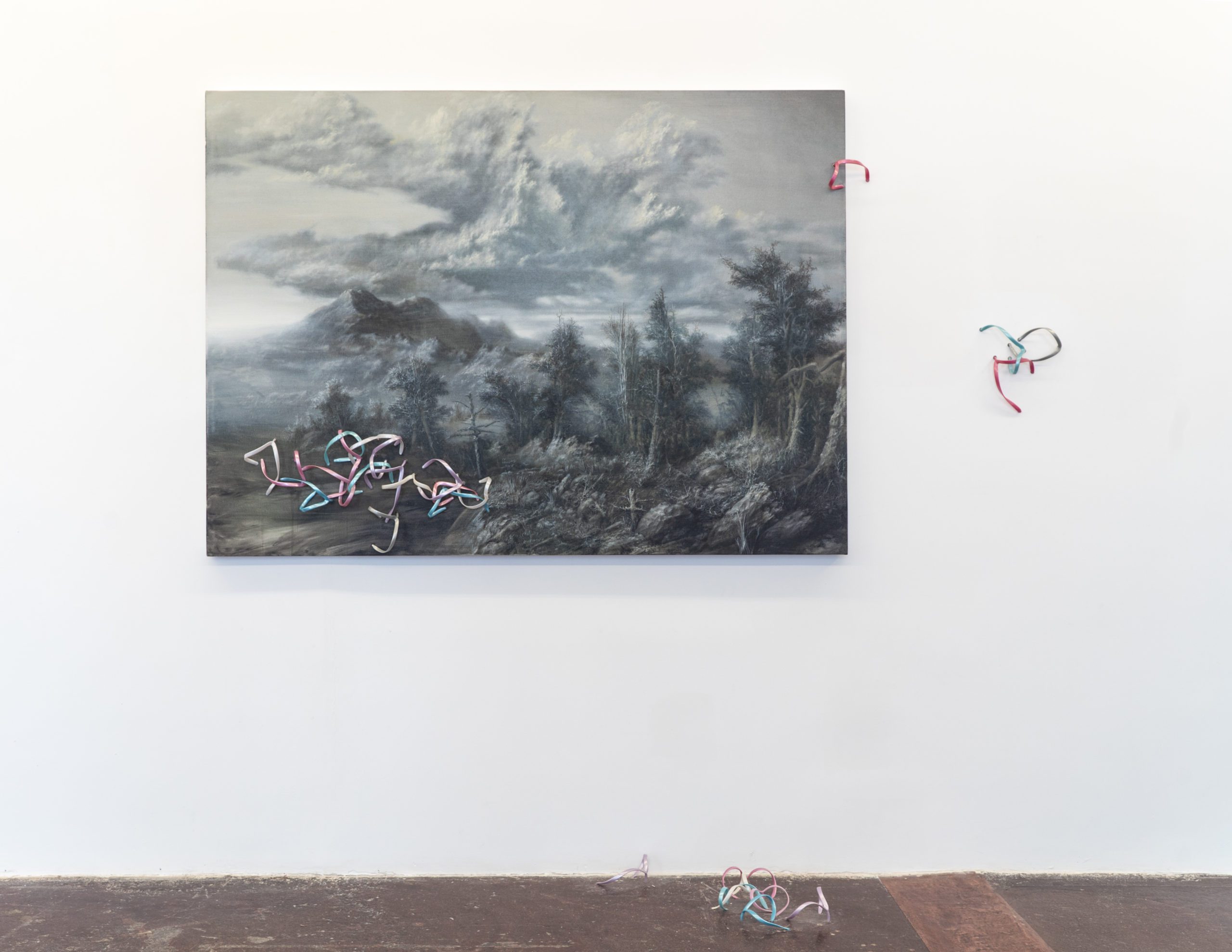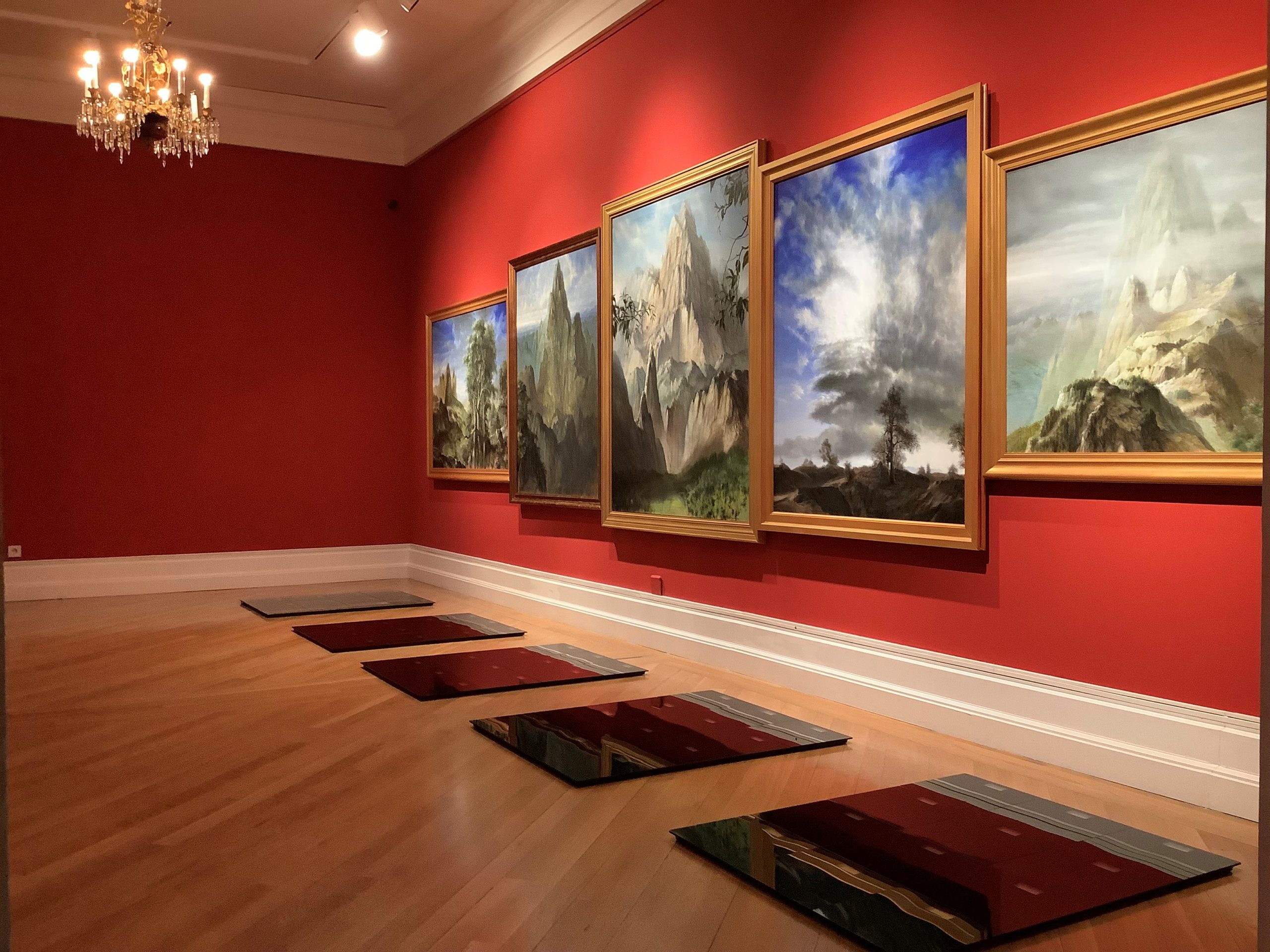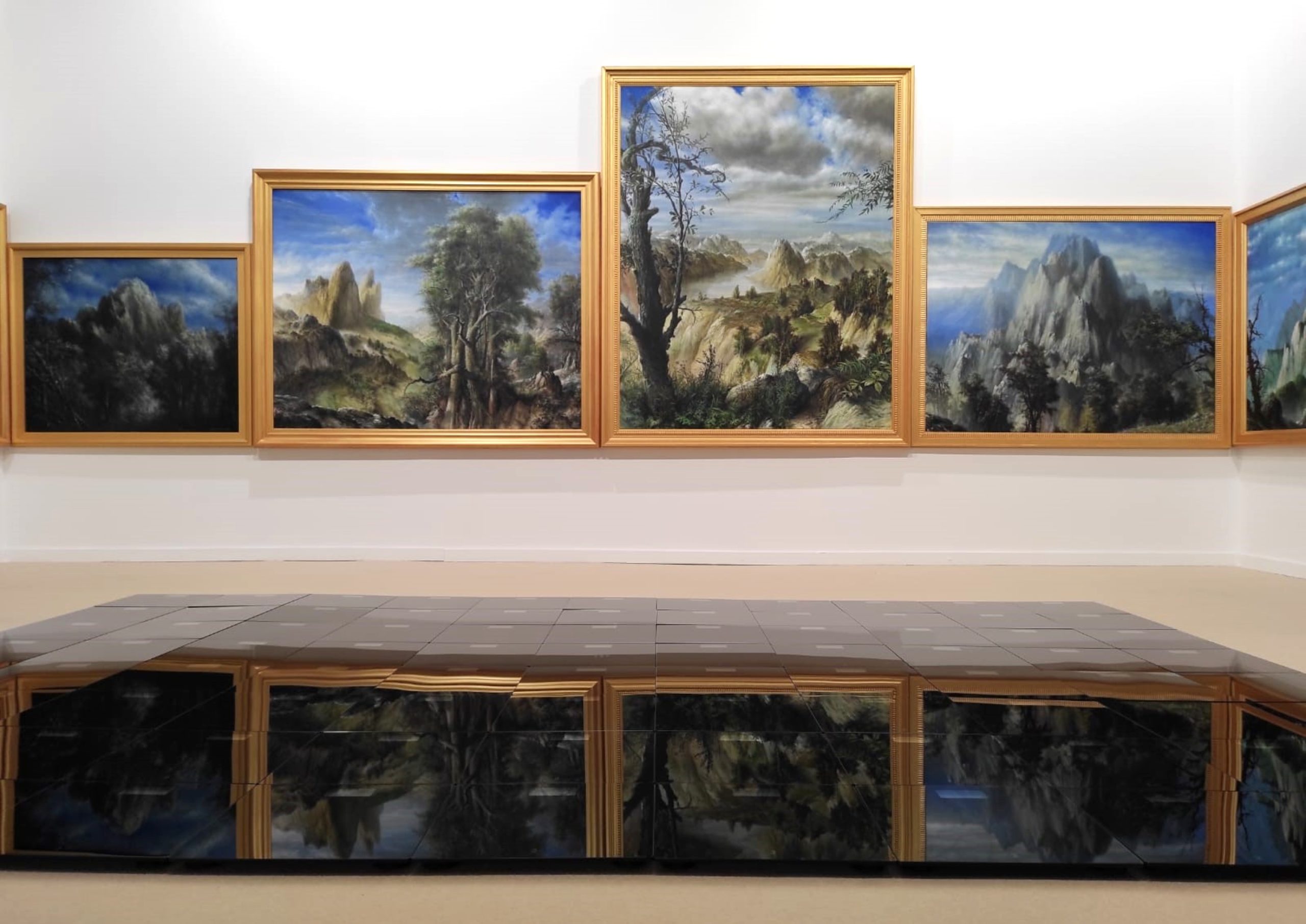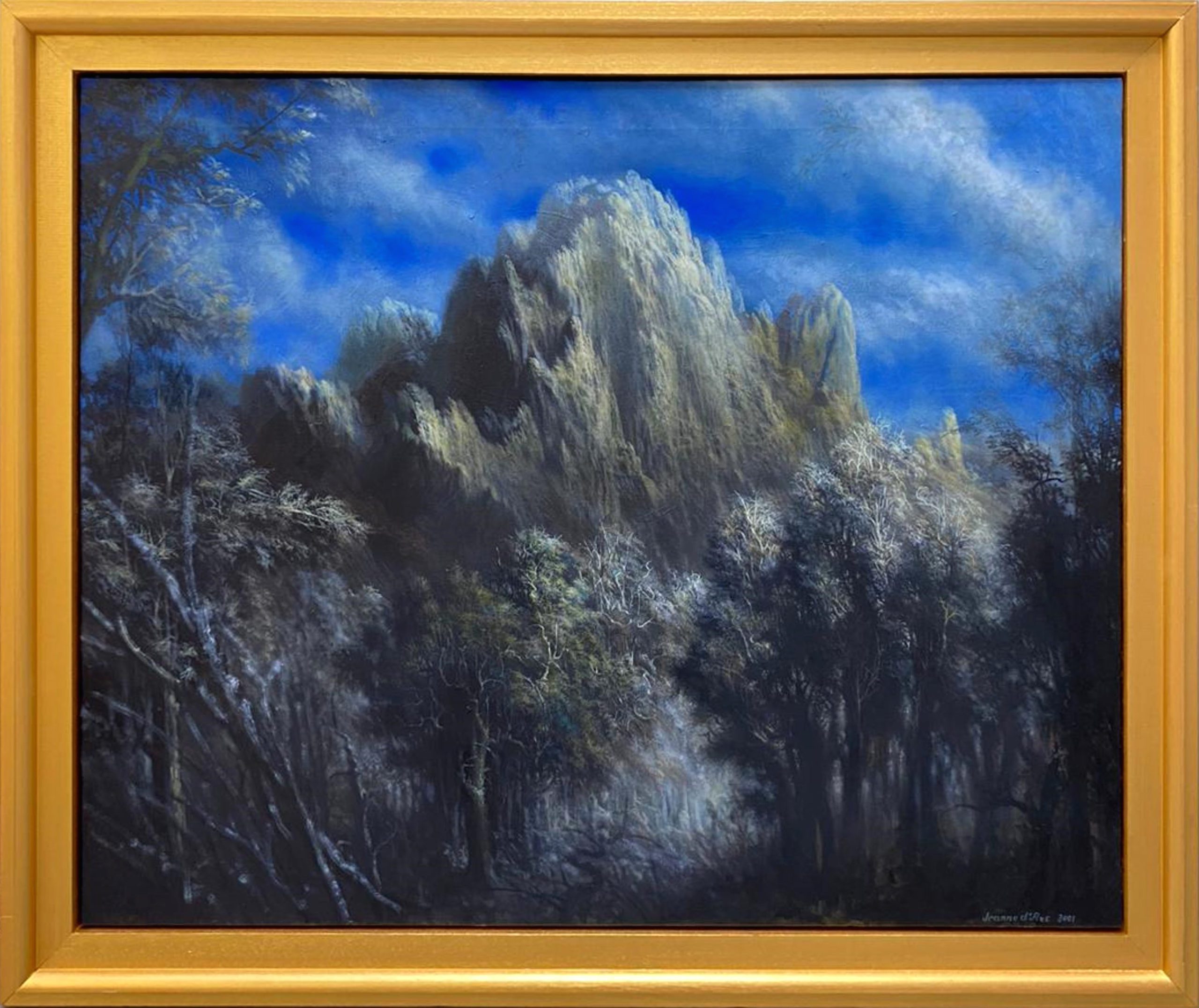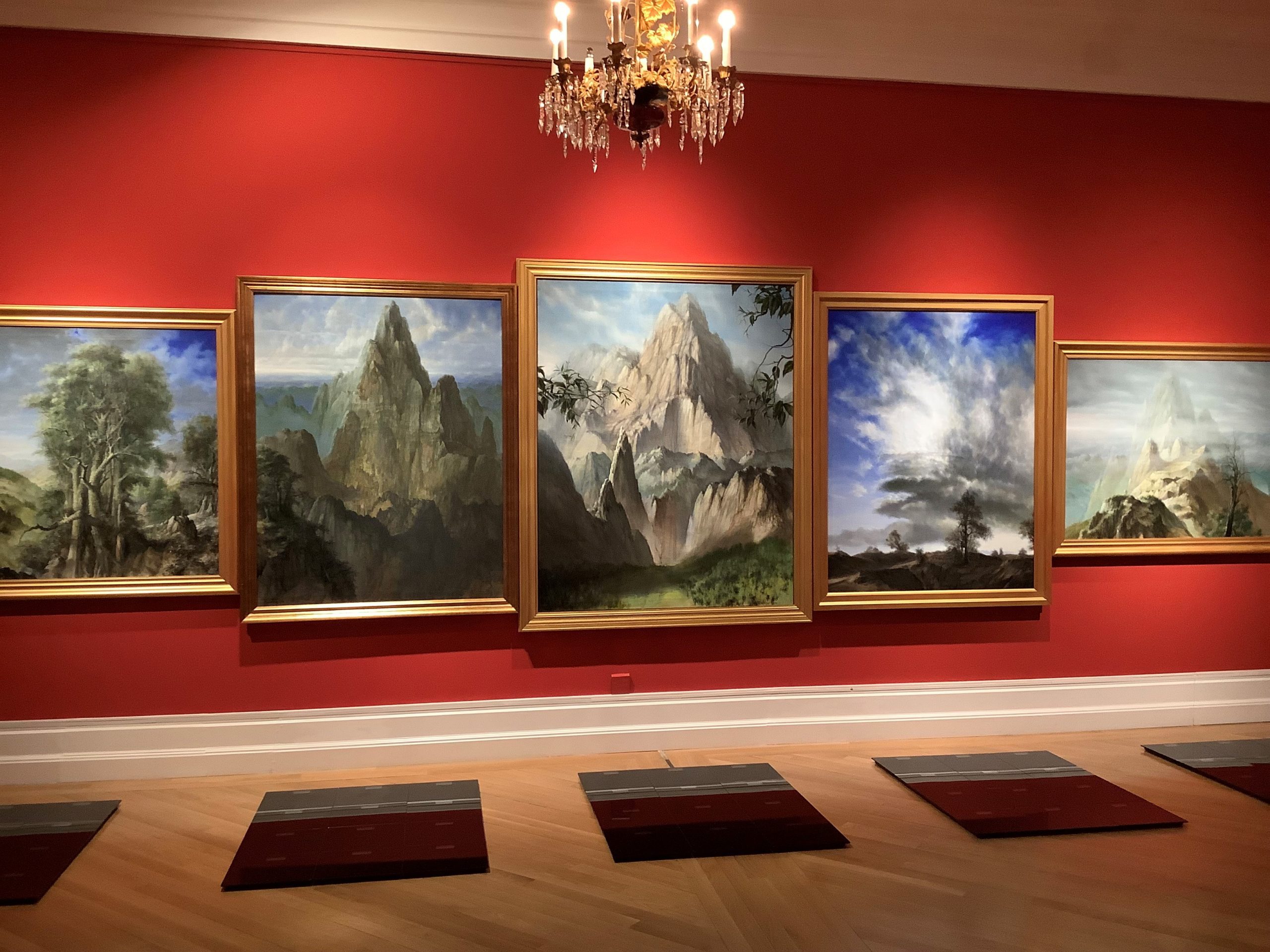Pipo Hernández Rivero – Taipei Dangdai 2025
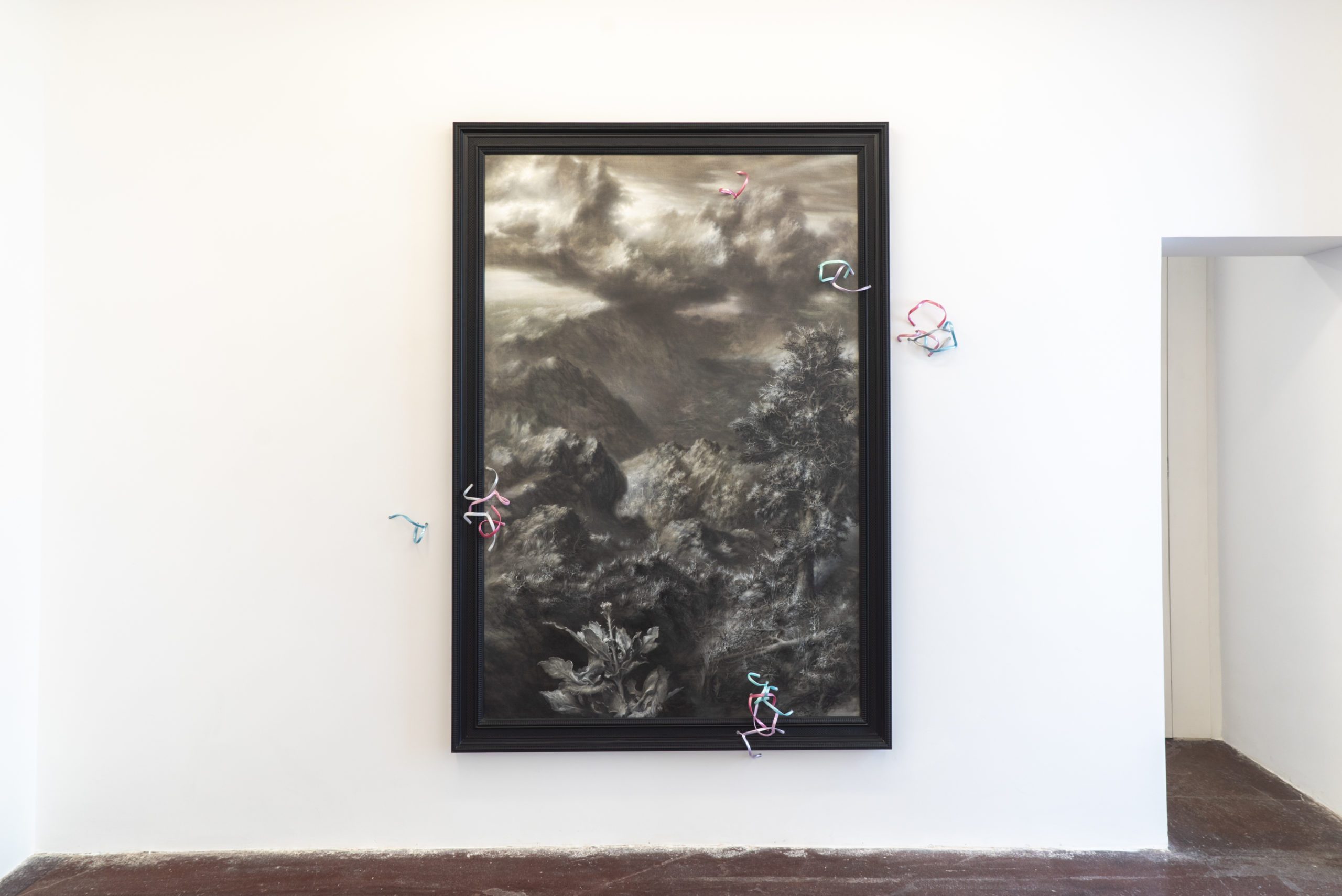

Pipo Hernández Rivero
Spain, 1966
The works by Pipo Hernandez Rivero propose questions on “universally accepted cultural truths”. Built with images and ideas based on modern culture, his works move in the fields of cultural suspicion.
Pointing out to the complex possibilities for painting in the 21st century, his body of work offers a pictorial reconsideration from formal and conceptual structures, which references underlie a sense of failure to the cultural avant-gardes. At the same time, demonstrating that the discoursive standardizing results in the exclusion of voices.
Mixing painting with all sorts of materials and introducing texts in languages that are unconventional to the Western paradigm, his works place us at politically disturbed environments, confronting the viewer with an unsolved dialogue and pushing towards rethinking notions of identity and value.
He has exhibited at the Centro Atlántico de Arte Moderno, Fundación MARSO, Museo de Arte de Pereira, ARTIUM Museoa, Centro de Arte La Recova, Círculo de Bellas Artes de Tenerife, Fundación Otazu, Museum of Fine Arts Budapest, Centre del Carme Cultura Contemporània, Prague Art Museum, and the Contemporary Art Hall of Tenerife. He has also participated in biennials such as the Havana Biennial, the Canary Islands Biennial, and the Dakar Biennale.
His works are part of the collections of TEA Tenerife Espacio de las Artes, Centro Atlántico de Arte Moderno, ARTIUM Museoa, Museo de Arte Contemporáneo del País Vasco, Fundación MARSO, Colección Galila Barzilaï, Kells Collection, Olor Visual, and MUDO Istanbul.
Pipo Hernández Rivero
Nuevas normas para una retaguardia
2025
Wood, oil, plastic and canvas
94 x 144 cm
7.000 €
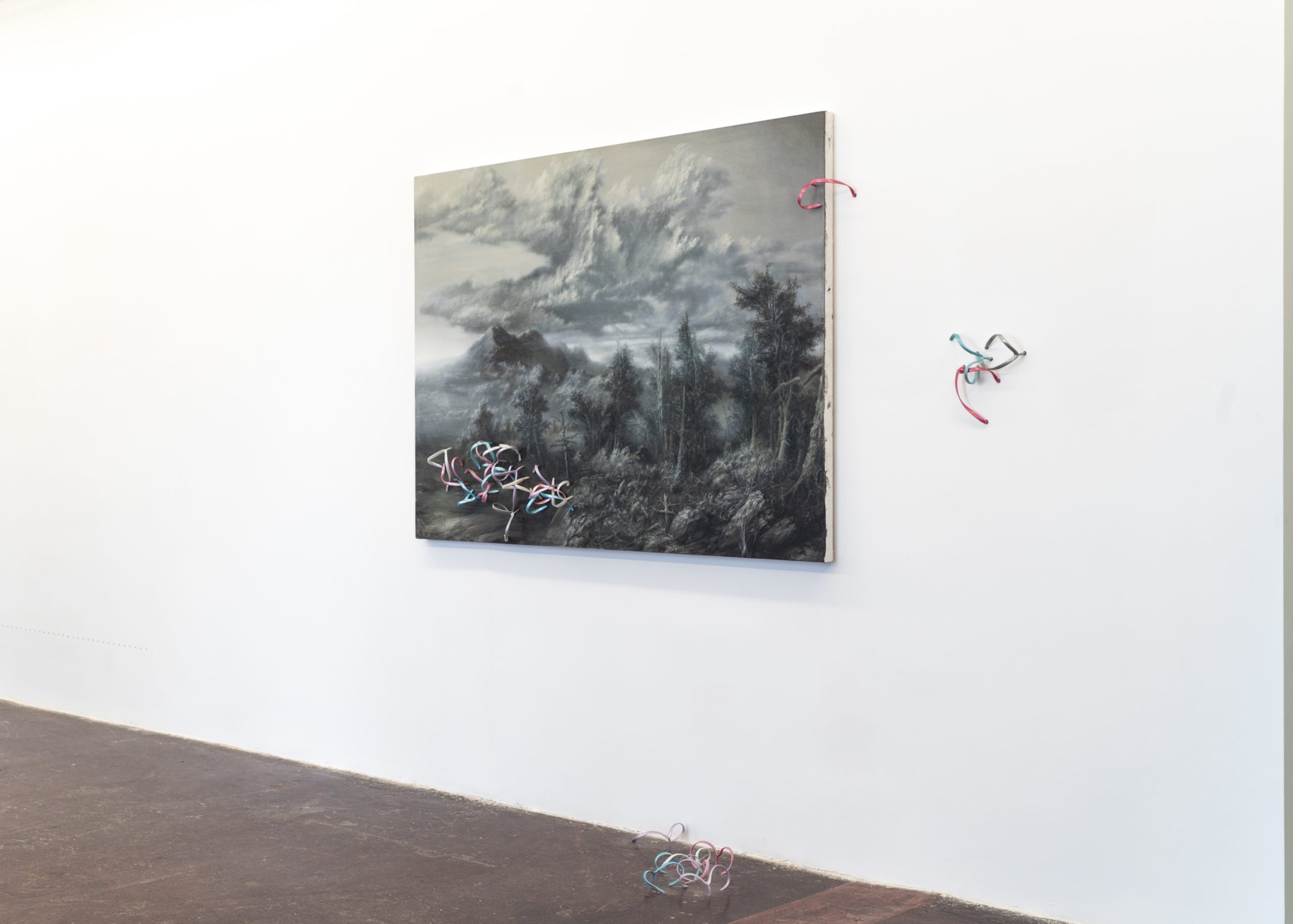
Pipo Hernández Rivero. Two Steps Away. NF/NIEVES FERNANDEZ. 2024
A dos pasos [Two Steps Away]. Pipo Hernández Rivero. 2024
In Two Steps Away, Pipo Hernández Rivero challenges traditional notions of displacement and belonging, presenting migration not as a fleeting or burdensome event that will eventually be resolved, but as a fundamental part of the civilizing process—a constant driving force in the history of humanity.
The artist’s paintings, executed with a high level of technical skill, harken back to the tradition of landscape painting, from the frescoes of the Villa of Livia to the landscape of the 19th-century Romantic crisis. This period was characterized by an exacerbation of utopias of abundance. Among them, the utopias of discovery, conquest, and territorial domination coexisted with the passionate anti-rationalist and escapist spirit of Romanticism. These landscapes, devoid of human presence, evoke a sense of virginity, reinforcing the idea of an intimate, individualistic utopia of domination. The artist critiques contemporary art conventions. Without falling into appropriation, Hernández Rivero conceptually complicates and reclaims pre-Cézanne painting, with a critical and combative stance against conventional expectations for what painting could be in the 21st century.
The frames, important elements in the exhibition, are not mere functional boundaries or decorative conventions. In modernity, the frame was disregarded under the premise of pursuing purity in painting. However, in this exhibition, the frame takes on a deeper meaning, symbolizing territory. It delineates the space of utopia as a fortress, a closed drawing within which the civilizing process occurs and outside of which chaos threatens. The frame thus becomes a symbol of contact phobia, a wall against any contamination that threatens the possibility of mixing.
The framed landscapes, pictorial utopias, are disrupted by cynical elements, such as beach sandals, the cheapest available on the market, representing the humblest form of footwear. Through the use of these seemingly simple, everyday objects, the artist speaks to how the West finds ways to trivialize such a central issue as migration and the development of civilization. The first human migrations occurred 200,000 years ago; Western modernity began with the exploration and conquest of American territories and their immediate colonization. But it was the complex cultural climate of the 19th century, fueled by escapism and rationality, passionate rebellion and sensible conformity, extraordinary scientific curiosity, and intolerant morality, that pushed these two archetypes to the heights we are most familiar with: the explorer, with audacity almost never innocent, who ventured into unknown places, and the settler, who went to the already-discovered lands to settle and try to prosper. Migratory cycles continue and will continue, but with no more virgin territories to explore. Two Steps Away poetizes about territoriality, the feeling of invasion, inevitable mixing, and the cynicism with which the West approaches these issues.
A second additional element in the exhibition is the climbing holds, an object that, according to the author, perfectly embodies the process of “sportification” of human dramas—a socio-ideological defense mechanism that Hernández Rivero critically addresses. These holds symbolize the trivialization of the struggle for survival, the overcoming of obstacles that separate us from an acceptable life. Romantic authors were, in fact, the first to explore a playful dimension of fear—Mary Shelley’s novels are proof of this. This exploration has not ceased to advance to this day. Primal fears and the confrontation with survival threats are now key elements in the entertainment industry, present in video games and virtual experiences. The climbing holds, placed on the ground, a space useless for their function, reflect the irony of how the West processes, through distance and entertainment, what in other contexts is a matter of life and death.
The third invasive element present in the pieces is the wall plug, which affects not only the painted canvas but also the wall that supports it. The grid-like arrangement of these plugs alludes to a democratizing subdivision, a metaphor for equidistance—another of the drives allied with Western self-complacency.
Nothing in this exhibition is neutral: not the walls, the floor, nor the paintings. Pipo Hernández Rivero’s exhibition presents works that explore the crisis of Western utopias, the frameworks of acceptability, and those that rise as guardians of these utopias. Rather than addressing migration as a problem/inevitability dichotomy, Two Steps Away delivers a critical discourse on the contradictions of the tormented Western spirit.
Pipo Hernández Rivero
“Algún día todo esto será tuyo- revisitado”
2024
Wood, plastic, oil and canvas
248 x 205 x 6 cm
13.000 €
Pipo Hernández Rivero. Two Steps Away. NF/NIEVES FERNANDEZ. 2024
Pipo Hernández Rivero
Normas para una noche americana [Rules for an American Night]
2024
Oil, plastic and canvas
160 x 230 x 4 cm (canvas)
456 x 315 x 4 cm (installation)
12.100 €
Pipo Hernández Rivero. Two Steps Away. NF/NIEVES FERNANDEZ. 2024
Pipo Hernández Rivero
Sobre el miedo a los peces [On the Fear of Fish]
2024
Oil, plastic and canvas
204 x 220 x 6 cm
12.100 €
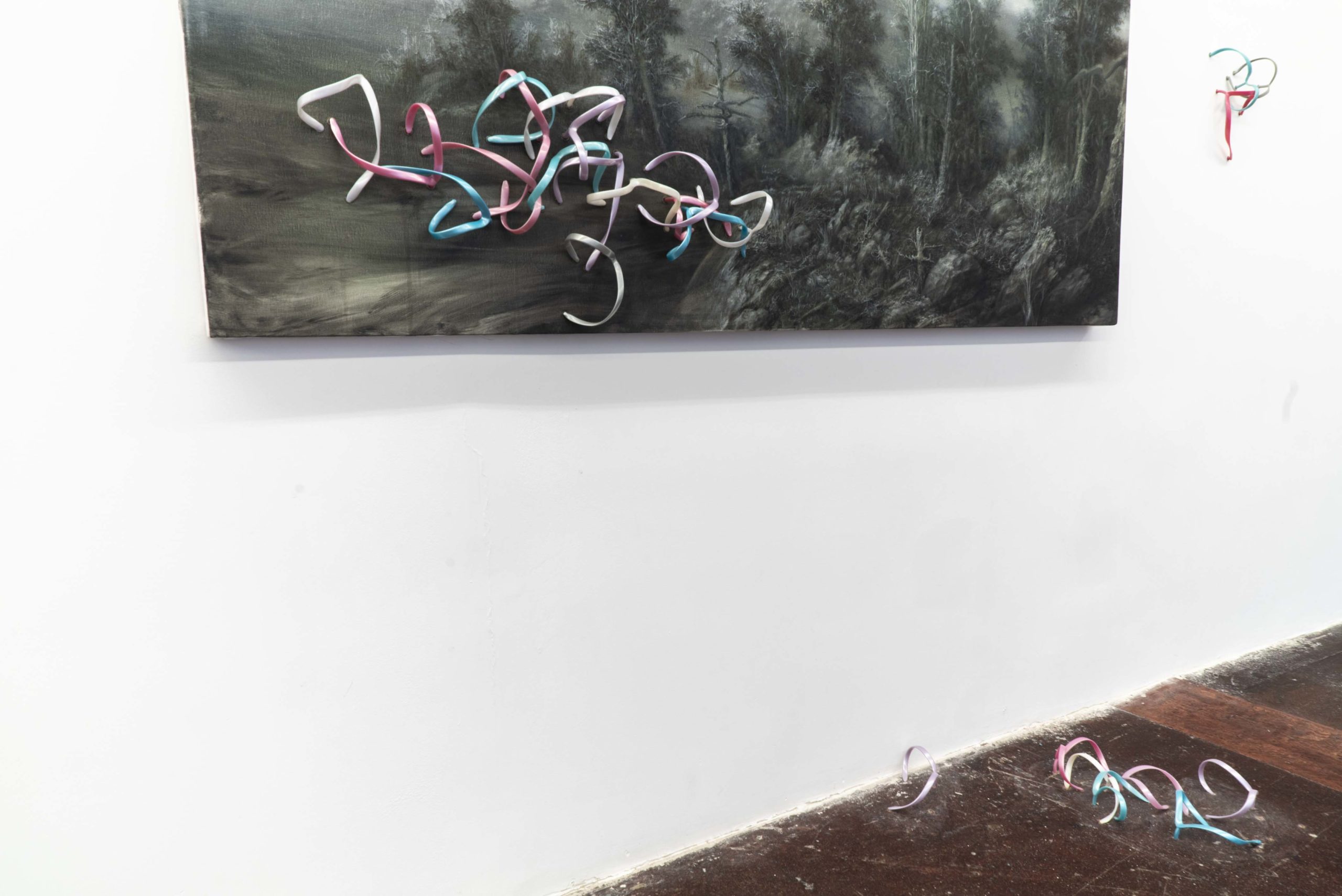
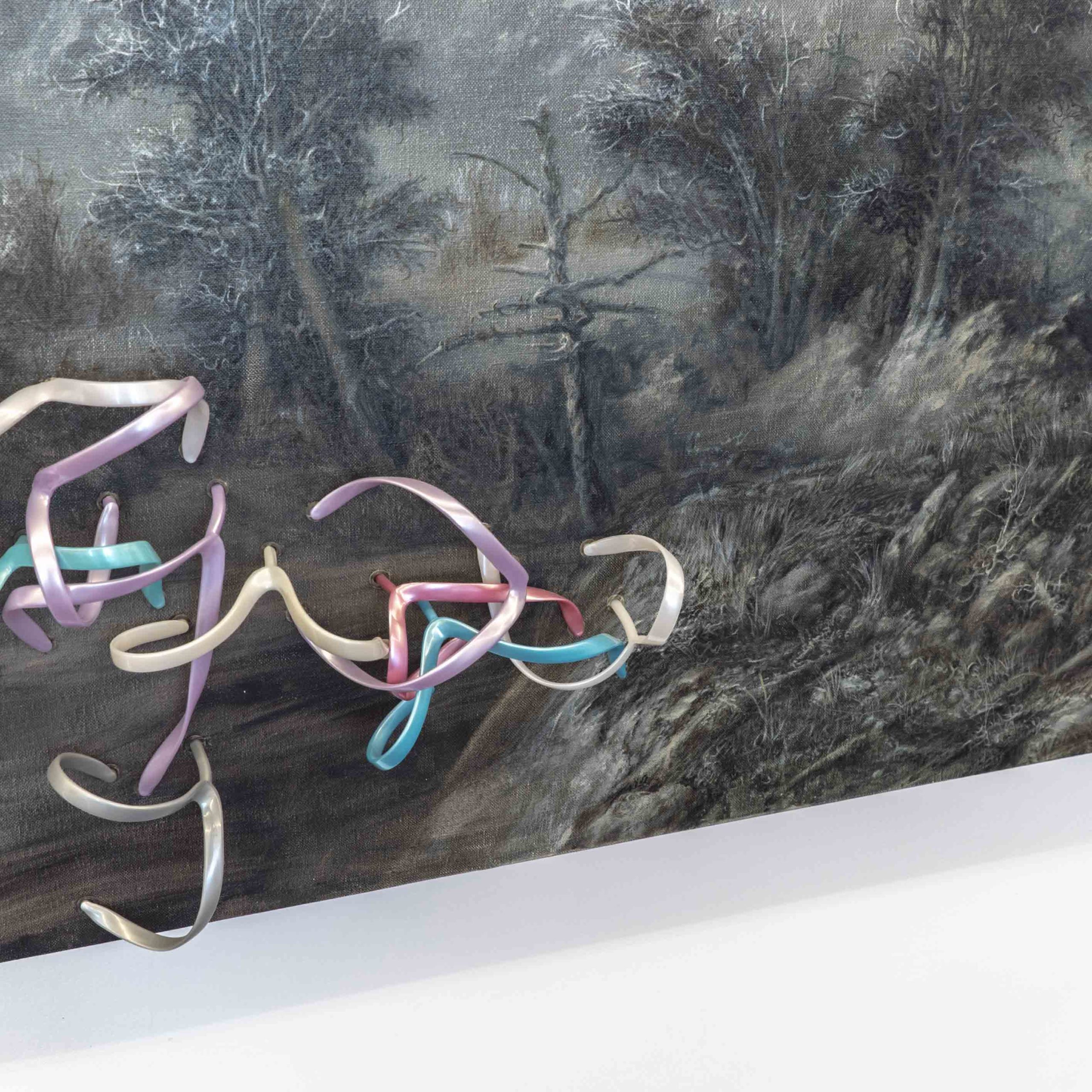
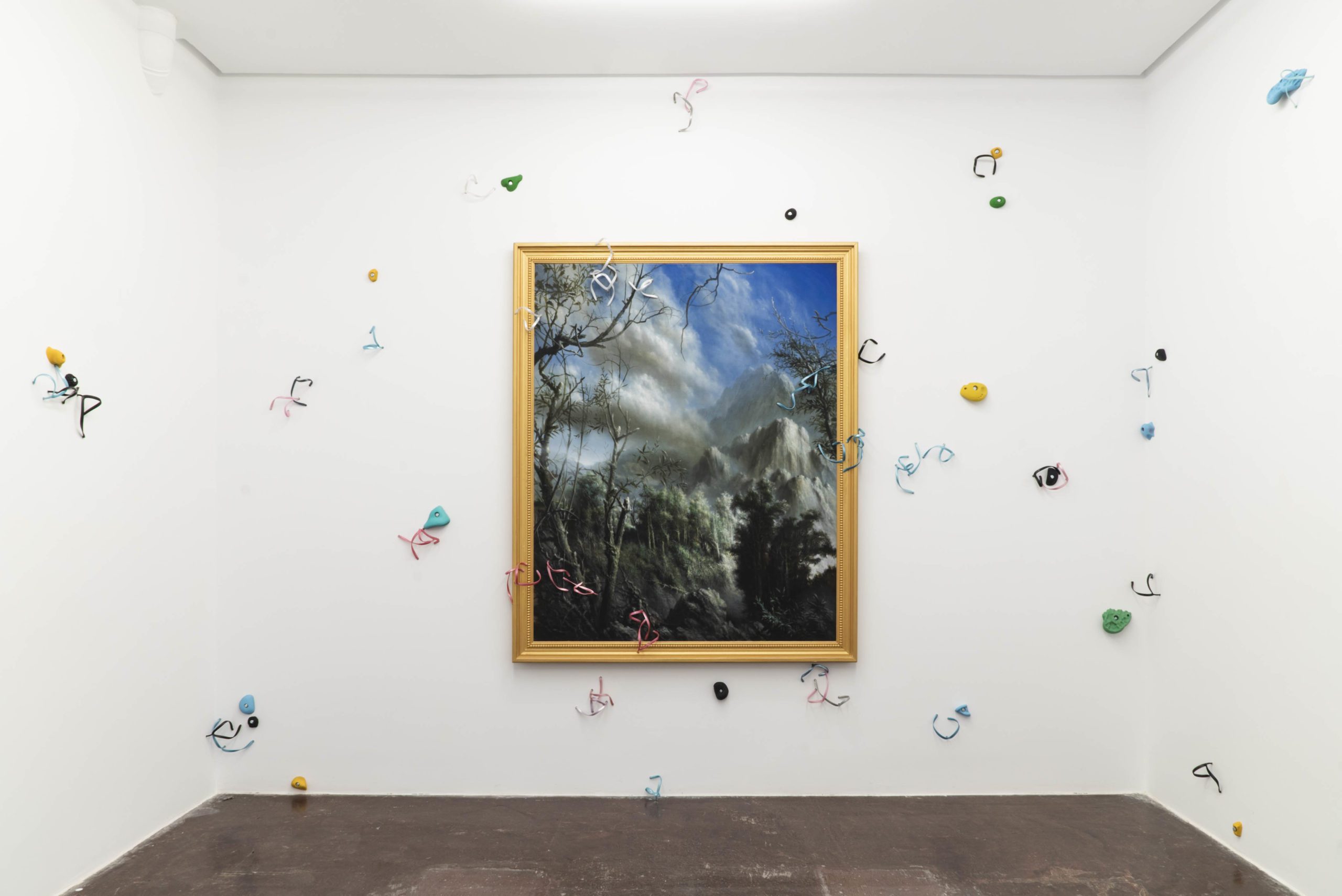
Pipo Hernández Rivero
Si oyes cualquier sonido, corre [If you hear a sound, run]
2024
Wood, plastic, oil and canvas
185 x 152 x 10 cm
11.500 €
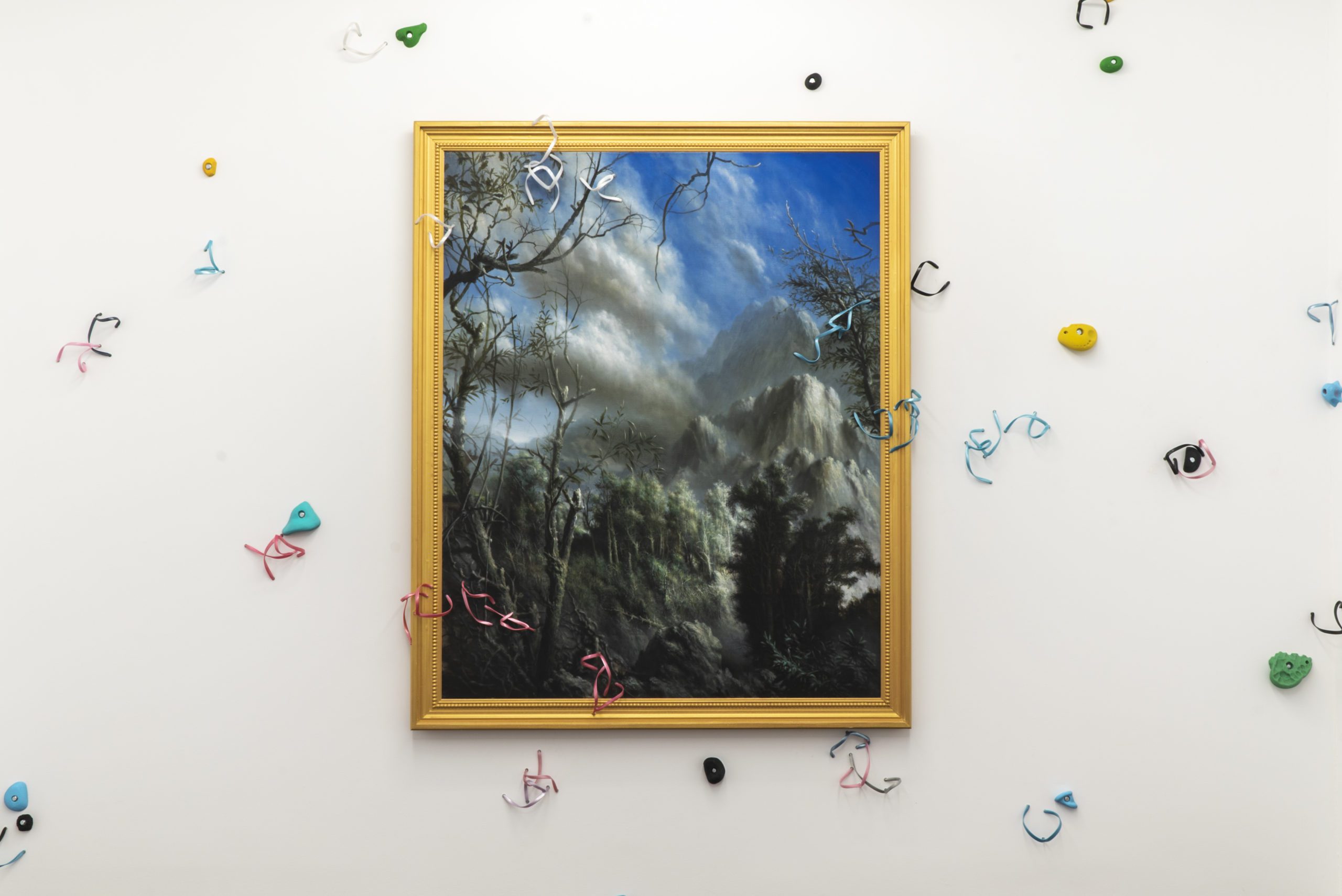

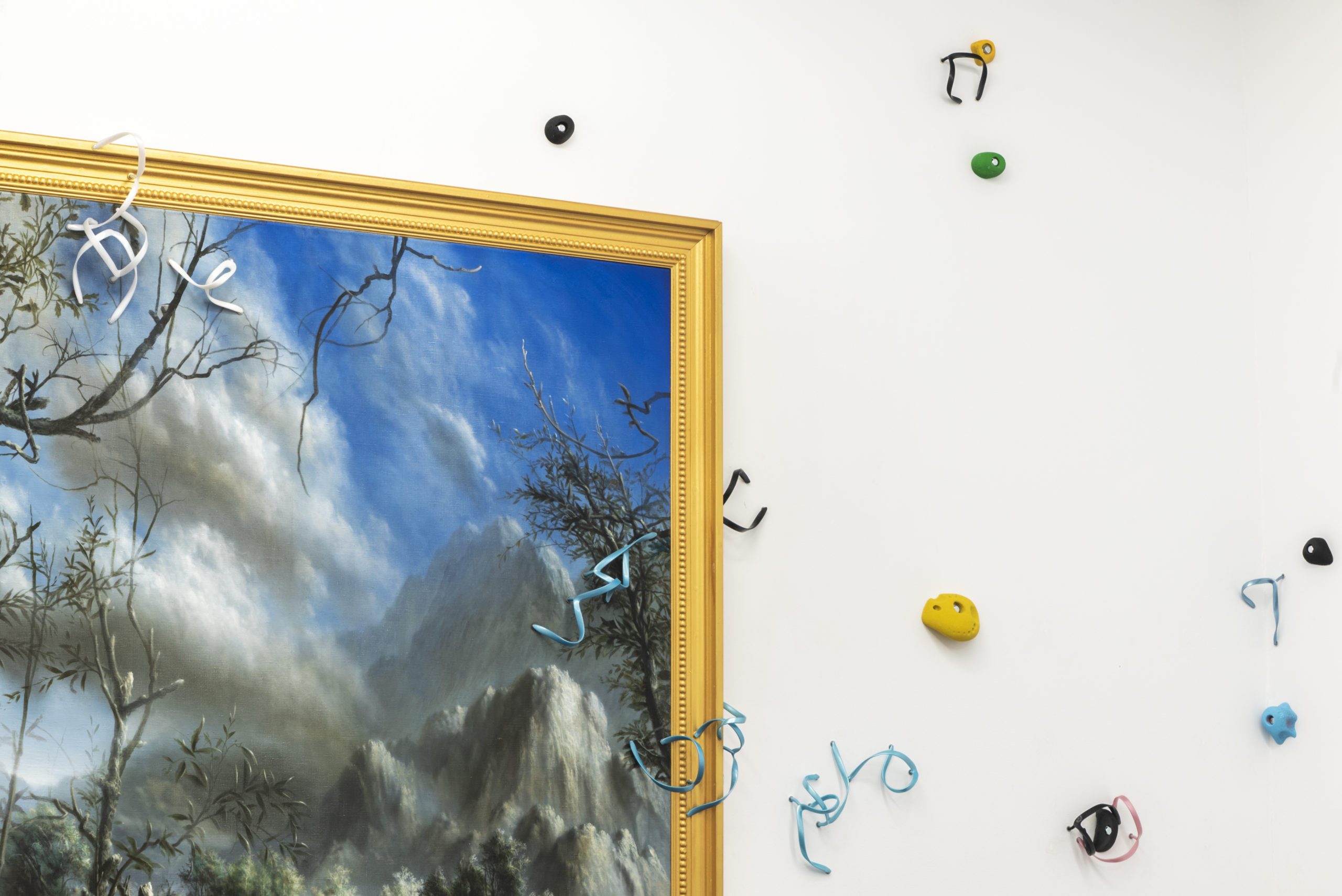
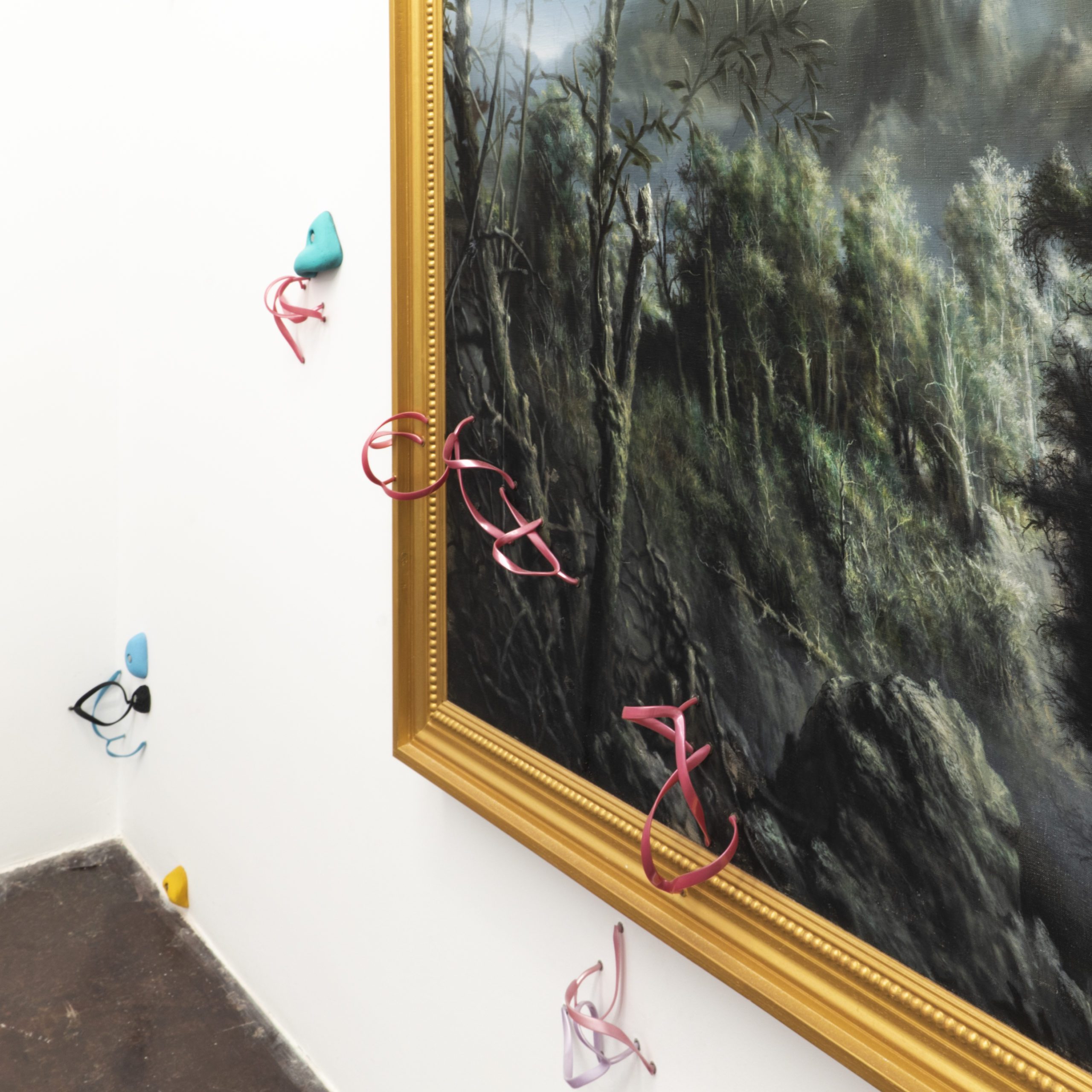
Pipo Hernández Rivero. Ultraleve. Museo del Romanticismo, Madrid. 2022
Ultraleve. Pipo Hernández Rivero. Museo del Romanticismo. 2022
“Ultraleve”, a project by Pipo Hernández Rivero created for the Museo del Romanticismo, stems from one of the lesser-known authorial ventures of Marcel Duchamp: the Infrathin. Its ambiguous, humorous complexity and the character of a “perfectly postponable hypothetical game,” which the artist often infused into his work, make it an extraordinary material for speculating on the evolving relationship between the conventions that shape artworks and the society that accepts them.
Radically conceptual and left by the French artist in a sketchy state of speculation, its most challenging aspect is its adjectival nature. It is not the Infrathin but the concept of Infrathin. Duchamp presents it as the first approach to an adjectival artwork, not a substantive one. It is not an autonomous entity, but a quality.
A telling example of Duchamp’s playfully sharp style: The slight warmth left on a seat after you get up is infrathin.
By making a small but suggestive change in prefix, Ultraleve (Ultra-light) becomes part of the experience of visiting the museum. It explores the ritual of viewing exhibitions and how that fits into everyday life. The piece questions the complex contradictions inherent in walking around / consuming / investing / wasting time, energy, and museum space. Looking at paintings in the gallery is interrupted by the presence of weighing scales—small individual podiums designed for the intimate acknowledgment of one’s own weight.
The installation opens up an experience of disjunctions with elements that act as decoys for one another. Daring to “read” an artwork, or wondering whether you’ve eaten too much today. Or perhaps doing both at the same time.
Perhaps within that moment of distracted attention, there’s room for the infrathin.
Pipo Hernández Rivero at ARCOmadrid 2023
Pipo Hernández Rivero
Untitled (Imelda Marcos)
2022
Oil on canvas
114,5 x 111 cm
6.000 €
Pipo Hernández Rivero
Untitled (Jeanne d’Arc)
2023
Oil on canvas
96 x 115 cm
4.200 €
Pipo Hernández Rivero. Ultraleve. Museo del Romanticismo, Madrid. 2022
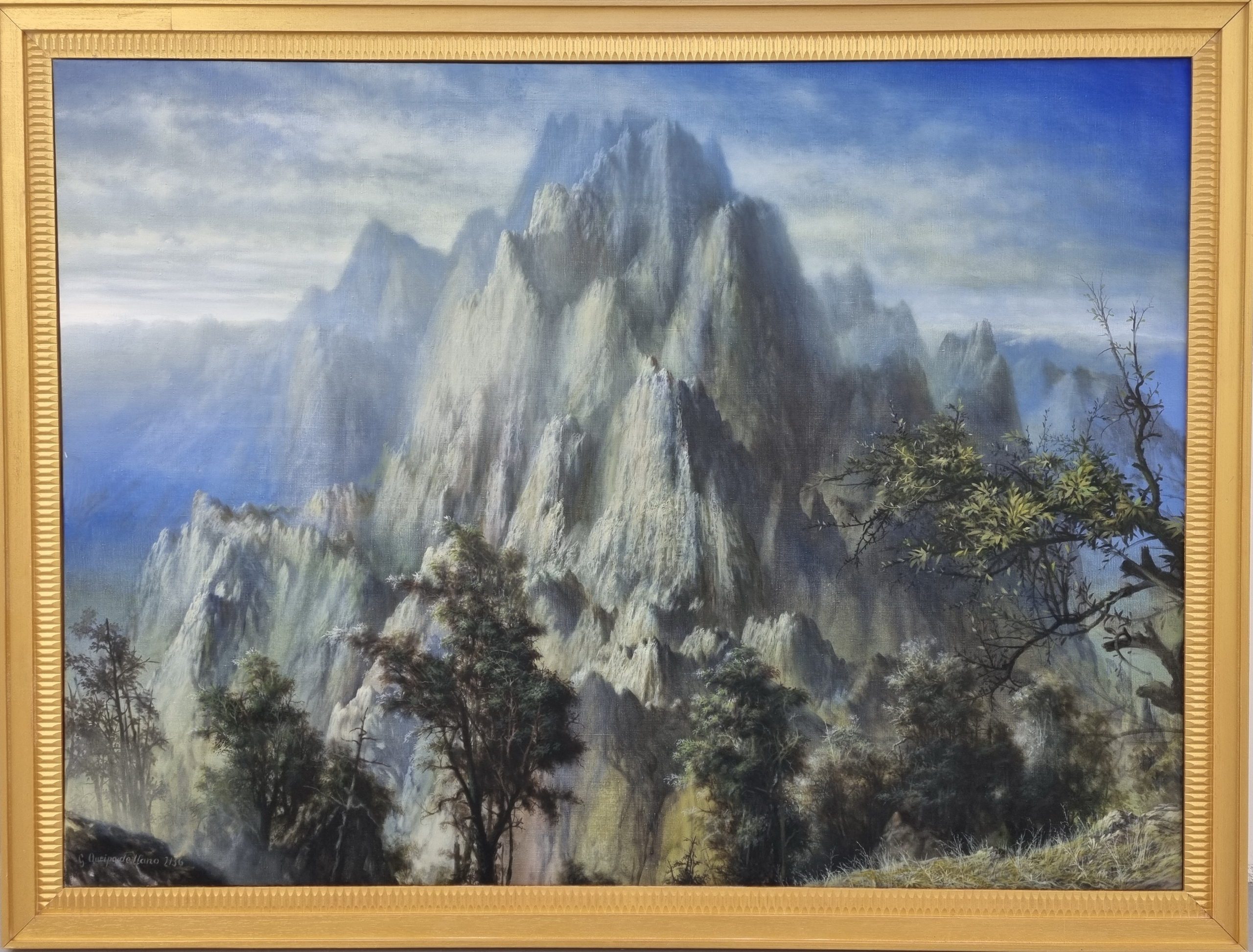
Pipo Hernández Rivero
Lo ultraleve: Gonzalo Queipo de Llano
2023
Oil on canvas
115 x 151 cm
6.000 €


